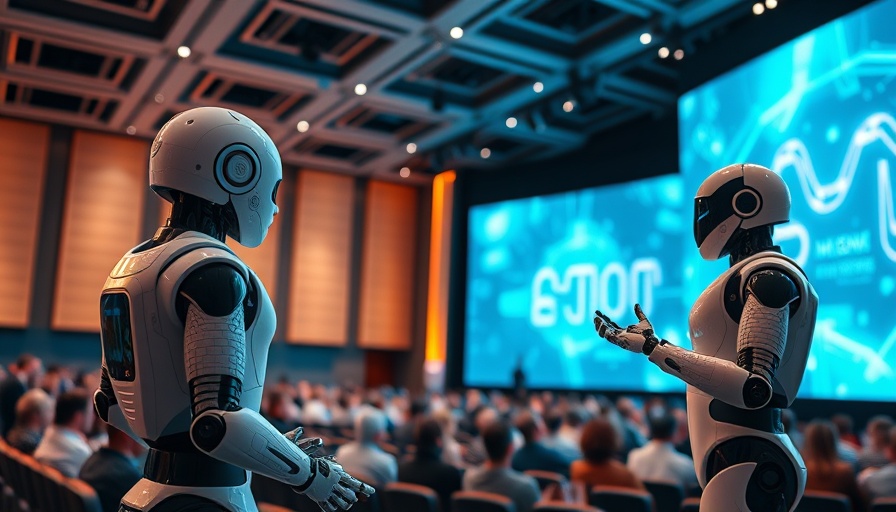
Revolutionizing Live Commentary: AI Takes Center Stage
This week in the realm of artificial intelligence has pushed boundaries further than ever imagined. With live sports commentary being handled by AI systems, AI technology is proving its potential to outperform even seasoned professionals. The National University of Singapore's Live CC7B model exemplifies this advancement, providing real-time, detailed insights with a mere 500 milliseconds of latency. This incredible feat indicates that AI is not just enhancing productivity but is beginning to redefine how viewers experience live events.
In AI News EXPLOSION: Infinite AI Video Machine, Microsoft Agents Drop, AI Brain, Perplexity Assistant, we delve into the latest trends and innovations in AI technology, prompting a closer examination of the developments shaping our world.
Filmmaking Elevated: Alibaba’s Innovative Collaboration
When it comes to AI in filmmaking, Alibaba has its finger on the pulse. The recent introduction of Uni3C, a groundbreaking interactive drive between virtual cameras and character movements, marks a significant shift in cinematic storytelling. Utilizing depth maps and point clouds, this AI technology stitches together complex scenes, allowing filmmakers to focus on the narrative rather than the cumbersome mechanics of video production. The optimization reduces camera error significantly and opens up new avenues for creativity.
The Next Era of Video Generation: Sand AI’s MAGI1
In video creation, the advent of Sand AI's MAGI1 system marks a bold new era. Capable of generating lengthy videos without causing crashes, MAGI1 strategically breaks down timelines into manageable chunks, ensuring a seamless flow of content. This innovation not only accelerates production times but keeps costs in check, directly benefiting creators who demand quality and efficiency. Such advancements underline the immense potential of AI in enhancing creative endeavors.
Microsoft & Perplexity: AI Integration in Daily Tasks
Microsoft's latest agents introduced within their suite of 365 tools propagate a transformative approach to everyday office tasks. These agents, designed for research and analysis, promise to save users from administrative burdens while improving workflow efficiency. Additionally, Perplexity’s new voice assistant for iOS is a step towards making AI a staple in our mobile lives, capable of executing tasks and queries promptly, enhancing user-friendliness.
AI’s Broader Impact: Changing Dynamics in Content Creation
YouTube is experimenting with AI-generated snippets that could redraw the lines between creator revenue and visibility online. As AI carousels start showcasing highlights rather than full videos, the potential for creators to monetize their content could be jeopardized. This development raises pertinent questions about the sustainability of creator-centric platforms in an increasingly automated world.
AI's Growing Pains: The Risks Involved
With every leap forward in AI technology, considering the implications becomes vital. DeepMind's recent cautionary findings about miscommunication in AI highlight the necessity of safety measures. The fragile nature of AI—where one peculiar term can derail accuracy—stresses the importance of developing robust frameworks to manage these models responsibly.
What Lies Ahead: Predictions on AI Technology
The concentration of innovation in AI spurs predictions of vast economic and social upheaval. As companies like Byte Dance unveil technologies that operate computers through screenshots, the implications for industries reliant on manual processes are profound. We're entering an age where understanding AI isn’t just beneficial; it may become essential for remaining relevant in a rapidly evolving job market.
As we stand on the precipice of AI's expansive potential, it’s crucial that we embrace these developments with caution and enthusiasm. This week’s exploration of AI—from sports commentary to filmmaking and everyday applications—underscores the technology's ubiquitous rise and its capacity to forge new potentials. What new advancements will next week bring? Stay tuned for the next chapter in this unfolding saga.
 Add Row
Add Row  Add
Add 




Write A Comment